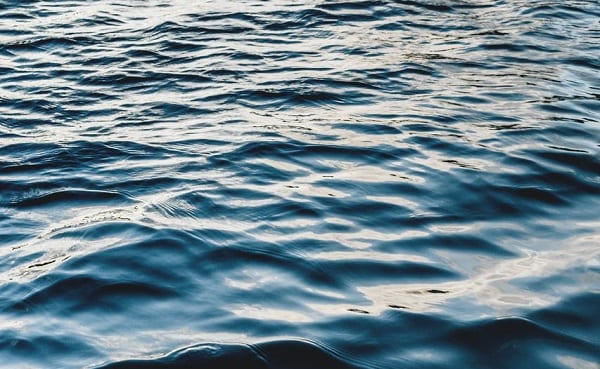ANNAPOLIS, MD—Governor Wes Moore announced $13.7 million in Capital Grants funding and a $9.1 million contract for the non-profit Oyster Recovery Partnership, awarded Wednesday morning at the Board of Public Works meeting. The funding will foster essential capital projects for museums, community centers, medical and athletic facilities, community revitalization, and historical buildings, and will continue the state’s critical oyster restoration work.
“The funds awarded today will help ensure that some of Maryland’s most renowned institutions and most important economic drivers will continue to thrive and grow,” said Governor Moore. “We are committed, through these investments, to moving Maryland forward.”
Capital Grant programs are administered through the Maryland Department of General Services’ Capital Grants Office. The Capital Grants Office provides administrative and technical support for a portfolio of more than 2,000 active capital grant projects valued at $2 billion.
“These grants are great investments for Maryland’s arts, sciences, culture, community, and health,” said Maryland Department of General Services Acting Secretary Atif Chaudhry. “The department takes great pride in assisting these organizations with their ability to update, expand, or renovate their facilities.”
The Oyster Recovery Partnership is a non-profit organization that collects recycled shell and plants hatchery-reared oysters for reef construction in Maryland’s large-scale oyster restoration tributaries: Harris Creek and the Little Choptank, Tred Avon, St. Mary’s, and Manokin rivers. The funding will support ongoing and upcoming efforts to enhance native oyster populations and meet the goals of the Chesapeake Bay Watershed Agreement of 2014, as well as Maryland’s Oyster Restoration and Aquaculture Development Plan.
“This significant project is the largest oyster restoration project on the planet,” said Maryland Department of Natural Resources Acting Secretary Josh Kurtz. “We’ve met 99 percent of the Chesapeake Bay Watershed Agreement minimum threshold for oyster restoration in our tributaries and 77 percent of the high threshold. It’s been an absolute restoration success in Harris Creek, the Little Choptank, Tred Avon, and St. Mary’s—and soon, the Manokin.”
The board also approved $1 million for the Department of Natural Resources to conduct surveys to identify oyster habitats and plant hatchery-reared oysters on reefs in the Eastern Bay sanctuaries of the Chesapeake Bay. The funds will kick off the Eastern Bay project, with work to continue in future years. The project is geared toward multi-sector oyster management to increase the oyster population, habitat, and harvest in this region.
Photo by Jonathan Borba from Pexels
Do you value local journalism? Support NottinghamMD.com today.

